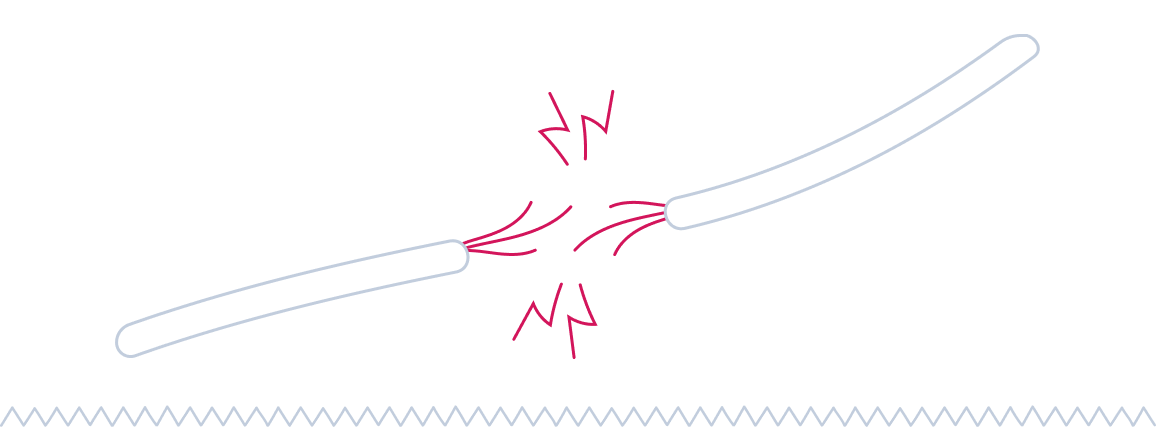How to save on home lighting
How to save on home lighting

Lighting is one of the components that has the greatest impact on electricity consumption and, as a result, it translates into an increase in the total amount to be paid on the bill. Many consumers underestimate this aspect and tend to behave incorrectly, wasting energy.
Waste is, in fact, on the agenda, but a little effort would be enough to be able to make sense of the electricity consumption and have a cheaper bill. Fortunately, there are several actions to achieve this, and they don't require excessive effort or deprivation. To make home lighting more efficient, just follow these simple tips:
- Turn off the switches;
- Switch off halogen bulbs;
- Choose the type of bulbs carefully;
- Choose the lighting of the various rooms carefully;
- Clean the bulbs.
Turn off the switches
The first tip may seem fairly trivial and obvious, but it is a mistake that many commit. When they enter a room, many people turn on the switch, but do not turn it off when they leave. Turning off the light is a small gesture that can affect the utility bill, as well as reducing light pollution. In fact, it not only saves money, but also reduces carbon dioxide emissions in the environment, since most of the energy is produced by powerplants that burn fossil fuel. Turning off the switches of the bulbs that are not needed is certainly the first important step to reduce consumption and save electricity.
Switch off halogen bulbs
Another small gesture that can make a difference is related to the type of light bulbs installed in the house. If you still use halogen bulbs, it's time to replace them with low-consumption ones. The alternatives are LED or fluorescent ones.
Moreover, the old light sources are destined to become extinct, and the push for change is happening on several fronts. For example, from 1st September 2018 the European Directive 244 came into force which makes the sale of LED bulbs mandatory in shops.
LED bulbs are eco-sustainable because they last longer and allow you to consume less electricity.
LED Bulbs: How They Work
Today, LED lamps are the stars in every room of our homes, illuminated by a technology that allows us to respect the environment and save on our energy bills. The advantages of LEDs are numerous and often little known, yet they have contributed to improving our lives in many ways.
Let's start with the basics. LED stands for Light Emitting Diode, an acronym that effectively explains the technology behind this type of lighting. An LED bulb is in fact composed of a semiconductor diode that emits light when an electric current passes through it, without therefore using metal filaments or gases as was the case in devices of the past. This phenomenon is known as electroluminescence, a technology that has rapidly revolutionized the lighting sector.
Advantages of LED Lighting
LED technology offers countless benefits for us and the environment, as well as in terms of efficiency, light quality, and durability. Here are the main advantages:
- Energy efficiency and very low consumption. LED bulbs are incredibly more efficient than old halogen or incandescent bulbs, with energy savings of over 90%: just think that a 5W LED spotlight corresponds to a 60W halogen bulb. These savings are immediately noticeable on the bill, and even the initial cost is recovered very quickly.
- Respect for the environment. Precisely because of their low energy consumption, LED lamps have a long lifespan and require less frequent disposal compared to old bulbs. Furthermore, not containing gas or mercury, the components of the LED are entirely recyclable.
- Long lifespan. An LED bulb can last even more than 50,000 hours and up to 15 years without losing efficiency. A very long time, which further reduces costs in the medium to long term. In addition to a longer lifespan, LEDs are also much more resistant to shocks and vibrations than traditional bulbs.
- Innovation and light quality. LED technology allows for infinite solutions to personalize the lighting of our homes, especially if integrated with smart devices to adjust the quality and quantity of light to our liking. LED bulbs are available in a wide range of light colors, making them suitable for all environments and applications. Dimmable solutions are also available on the market, a term borrowed from English to define those lamps that allow you to adjust the intensity or color of their light with a simple manual touch or voice commands.
- Simplicity and safety. LED lamps turn on instantly and guarantee maximum efficiency right from the start, providing stable and welcoming light. They also generate very little heat, remaining barely lukewarm to the touch, making them a safe and eco-friendly solution given the total absence of mercury, lead, or other toxic substances. For these reasons, LEDs are also widely used in outdoor spaces, as the light does not attract insects.
Incentives for the installation of LED light bulbs
LED lighting is also part of the so-called Furniture Bonus, renewed for 2024 but with a lower expenditure ceiling. The deduction, foreseen for the purchase of new furniture and large household appliances, is calculated on a total amount that for the year 2023 was equal to 8,000 euros, while for the year 2024 it will be equal to 5,000 euros, divided into 10 equal annual instalments. This allowance includes “traditional” furniture such as beds, wardrobes, chests of drawers, bookcases, desks, tables, chairs, bedside tables, sofas, armchairs and sideboards, as well as lighting equipment, which obviously constitutes a necessary complement to the furnishing of the property.
Bulbs: better one large than two small
Another trick to reduce electricity consumption is to always prefer using a large lamp instead of two small bulbs.
For example, a 100-watt lamp consumes less than two 60-watt bulbs, but many think otherwise and therefore they prefer to install many small light sources or, even worse, a series of spotlights.
Choose the type of lighting suitable for the environment
Many people have identical lighting in all the rooms of their home and ignore the opportunities offered by different bulbs for each corner of the house.
For example, the bedroom does not need major lighting. Instead, you may prefer two small lamps on the bedside tables to be turned on only in the evening. In the kitchen, on the other hand, the cooking area could be mostly lit. Follow this reasoning for each area of the house.
Clean the bulbs
Did you notice that the lighting in a room has dimmed? You probably need to clean the bulbs or ceiling lights with a cloth. In fact, the dust creates an opaque layer which reduces the efficiency of the bulbs, but the electricity used remains the same. As a result, a real waste of electricity is created which can be remedied with a little cleaning.








